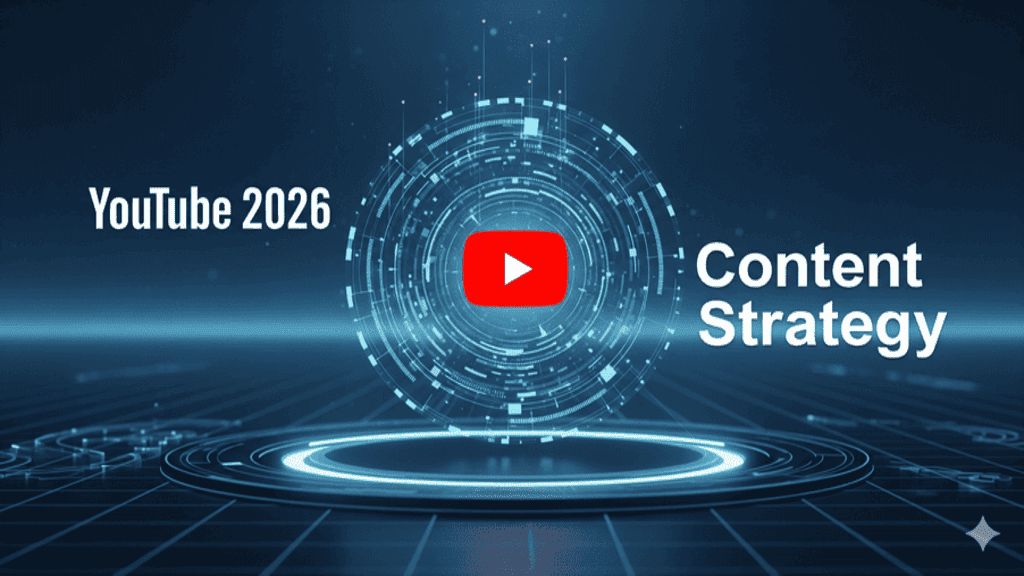YouTube is no longer a “video site”; it’s the world’s largest stage. More than 1 billion hours are watched every day: more than TikTok and Instagram combined. It has even overtaken giants like Netflix and Disney+.
YouTube counts roughly 2.7 billion monthly users, and according to CEO Neal Mohan, TV watch time in the U.S. has now surpassed mobile. A few years ago that would’ve sounded hard to believe: everyone assumed viewing happened on phones. Today, people open YouTube directly on their smart TVs and leave it on for hours. While cooking dinner, putting on kids’ shows, or working out, YouTube often runs in the background.
When you think about it, YouTube’s dominance of the TV screen and the explosive growth in watch hours make perfect sense. The team at YouTube knows this and is planning accordingly. The shift started years ago when they acquired rights for the Super Bowl and other sports, and it’s set to go much deeper in the years ahead. It wouldn’t be surprising if one day you open YouTube and the interface looks a lot like Netflix.
Longer Content
YouTube’s message is clear: make long-form content. On a TV, a five-minute video ends and the algorithm auto-plays something else: often sending the viewer off your channel.
So what’s the fix?
- Playlists,
- Compilations,
- Podcast series,
- Weekly episodes in a “YouTube Show” format.
Built this way, people can stick with your channel for hours.
My own routine is similar: when I hit the gym, I put on a single podcast and let it run for the whole workout. I don’t want to pick a new video every five minutes. Honestly, even when I’m gaming, I’ll mute the game and listen to a YouTube video in the background. That’s why long-form is one of the strongest strategies for 2026.
Repeatable Formats
Let’s be honest: coming up with a brand-new idea every week is tough. But if you treat your channel like a TV show, you can build something sustainable. Think of HBO’s White Lotus: viewers expect a new episode the same day and time each week.
You can do the same on YouTube. Pick a format: reaction videos or “roast”/fixer content, for example. Dr. Mike does this well: he reacts to medical content, which both showcases expertise and creates a consistent format. If you’re a finance coach, you can critique budgets. If you’re a business coach, break down funnels or business models.
These repeatable formats help viewers build habits while reducing creative load for you.
YouTube = The Global Education Hub
YouTube isn’t just for entertainment; it’s an education platform. According to Edison Research, in the U.S. people go to YouTube more than any other platform to listen to podcasts: surpassing Spotify and Apple Podcasts. YouTube has even announced it reached 1 billion monthly podcast viewers.
Think about it: instead of Googling, we often search on YouTube because we can learn both visually and aurally. Google Business reports that 86% of U.S. users say they use YouTube to learn new things. Pearson found that 59% of Gen Z chooses YouTube as their #1 way to learn new skills.
If you create educational content, your channel is effectively your personal school. Over the next five years, YouTube channels may become even more important than websites, because people will first discover brands, experts, and instructors here.
Production Quality Is Rising
The big-screen factor changes everything. On a TV, thumbnails, lighting, audio, and background all stand out more. As Neal Mohan puts it: “YouTube content should now be thought of like a TV show.”
Sure, AI-assisted Shorts are still useful. But building a set, investing in visuals, and optimizing for the big screen will set you apart.
2026 at a Glance
- Invest in long-form. Podcasts, documentaries, weekly series.
- Use Shorts for discovery, then route viewers to long-form for retention.
- Create educational content. People come to YouTube to learn.
- Level up production for the big-screen experience.
- Treat your channel like a brand showcase.
Bottom line: In 2026, YouTube will be the new home of television and the world’s largest classroom. Creators who focus on long watch times, repeatable formats, and high production quality will win.

No comments yet. Be the first to comment!